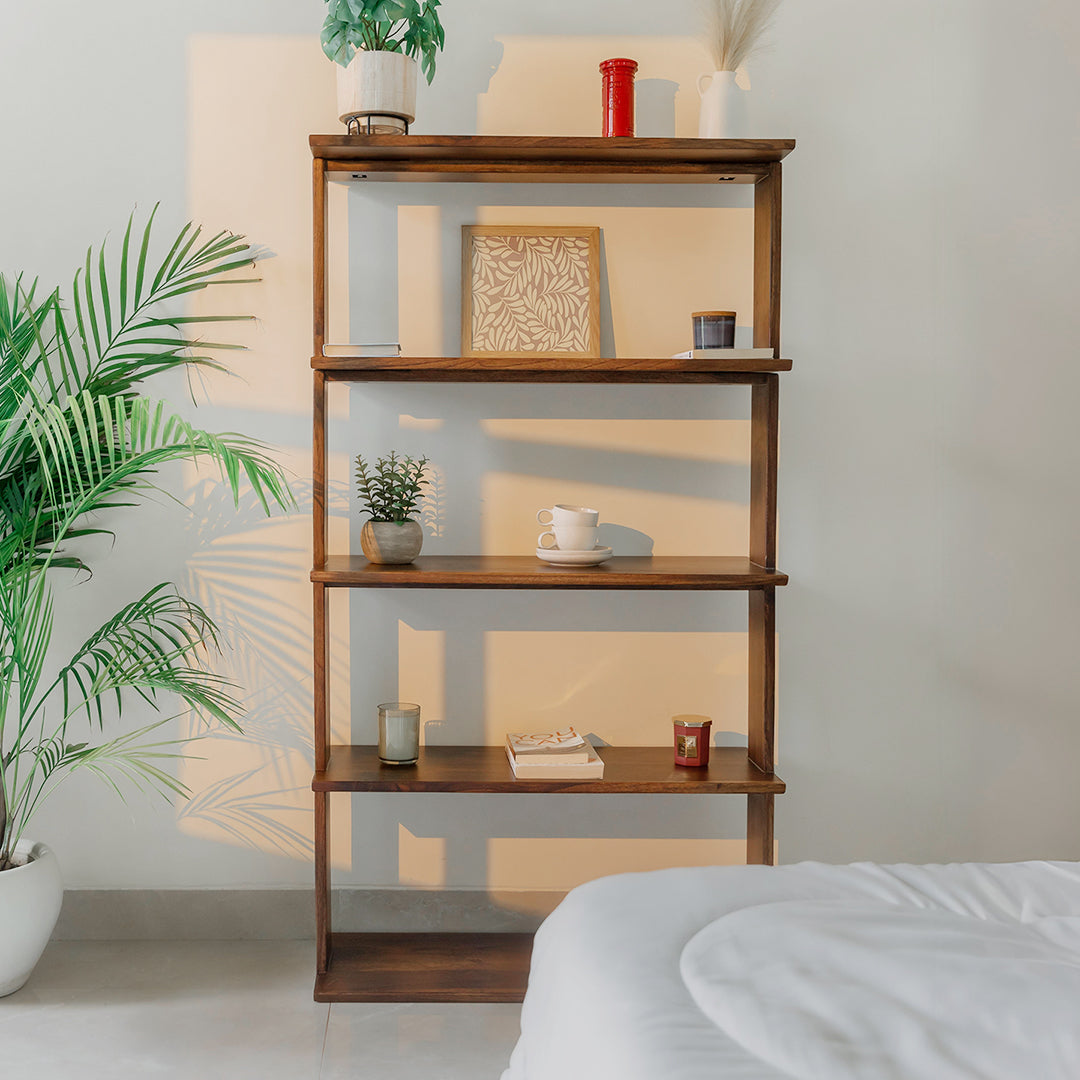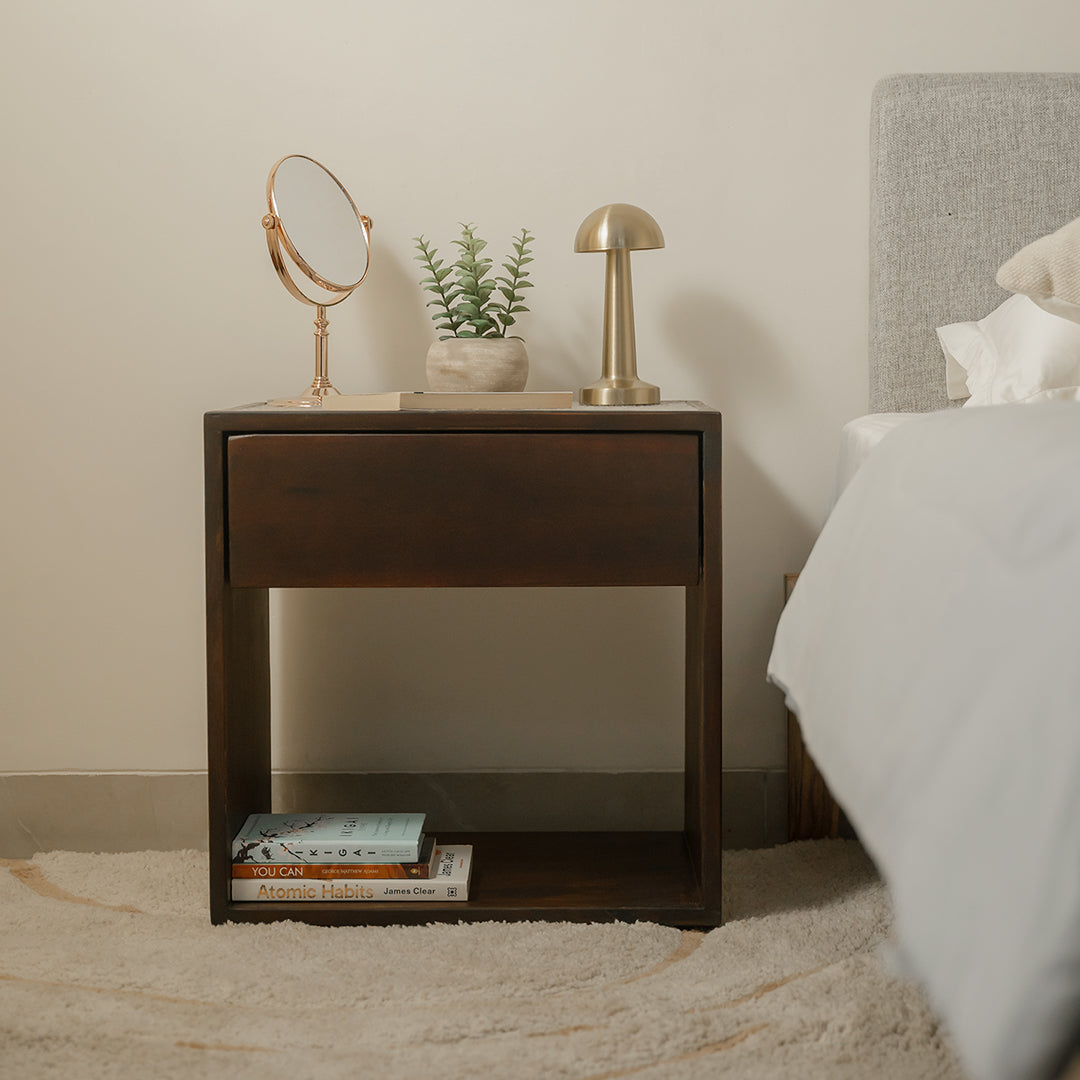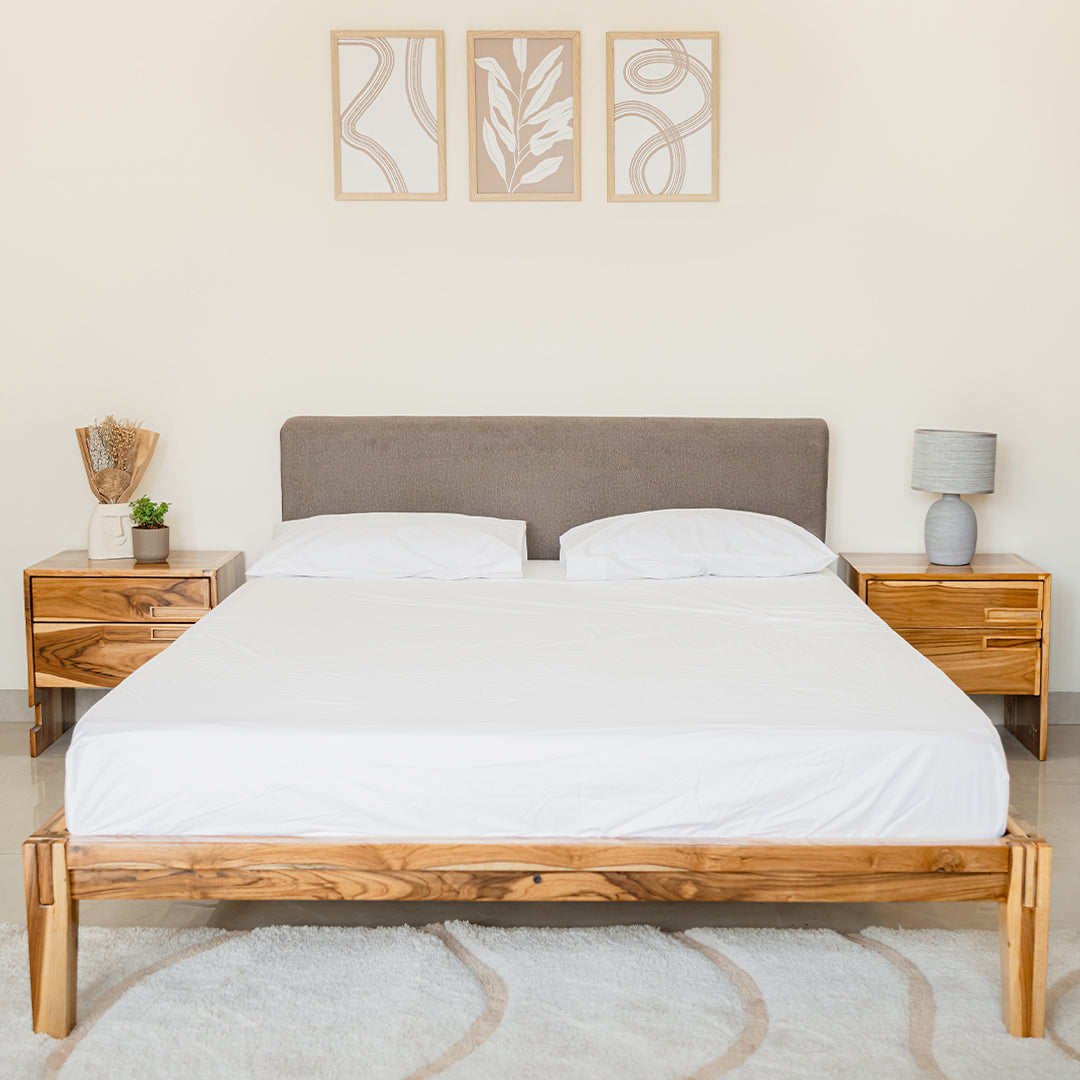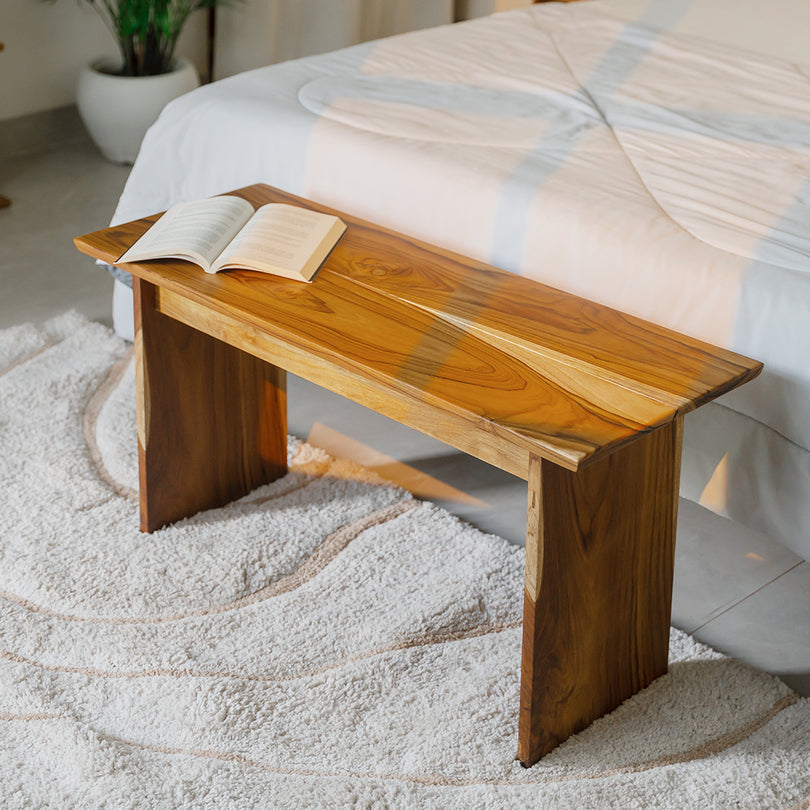Article: What is Japanese Joinery and Why It's the Future of Flat-Pack Furniture
What is Japanese Joinery and Why It's the Future of Flat-Pack Furniture
Homes are getting smaller, lifestyles are getting busier, and honestly, no one has the time (or patience) to deal with flimsy furniture that wobbles after a couple of moves. That’s where Japanese joinery steps in, an age-old craft that feels surprisingly modern today.
This traditional woodworking technique uses smart, interlocking joints that fit together so well, they require minimal hardware and are designed for tool-free assembly wherever possible. The result is furniture that’s strong, sustainable, and beautifully simple — a game changer for anyone who wants their furniture to look good and last long.

The Beauty of Japanese Joinery
For centuries, Japanese craftsmen perfected the art of making wood pieces fit together so precisely that they held without nails or glue. Beyond technical mastery, this philosophy was rooted in the belief that furniture should age gracefully with the home — adapting, enduring, and carrying meaning across generations.
Here’s why it resonates with modern living:
- Minimalist at heart — Clean lines, no excess, just details that matter.
- Real and lasting— Solid teakwood gives each piece strength, richness, and warmth.
- Mobility advantage — Designed to assemble, disassemble, and reassemble seamlessly, whether you live in a studio or a family home.
- Built to endure — Durable enough to move with you, timeless enough to outlast trends.

Flat Pack, But Smarter
Globally, the flat pack furniture industry is valued at about USD 16.7 billion in 2025 and is projected to exceed USD 30 billion by 2034 — but most of what’s on the market is made from MDF or particle board, designed to last just two to three years. Every move accelerates its decline — screws loosen, panels chip, and what once felt affordable quickly becomes disposable.
Japanese joinery flips this cycle. With solid teakwood and precision interlocking design, each move doesn’t weaken your furniture — it reinforces its value, turning what is usually temporary into a generational investment.

A Real Life Scenario
Imagine moving across the city. Instead of dealing with loose screws and broken MDF panels, your teakwood bed locks back into place with the same satisfying fit as the day you bought it. No tools, no stress — just a piece of furniture that feels like it was always meant to belong wherever you live.

Why It’s a Game Changer for Modern Homes
Most budget-friendly flat pack pieces start falling apart the moment they’re moved. But with Japanese joinery in solid teak, furniture becomes a partner in your lifestyle — adaptable, reliable, and ready to move with you.
This isn’t just a design technique; it’s about emotional ownership. Each joint tells a story of precision, patience, and permanence — giving you furniture that feels like a part of your life, not a throwaway accessory.

The Future of Furniture
We’re entering an era where furniture isn’t about quick fixes — it’s about durability, adaptability, and design that stands the test of time. Japanese joinery represents that shift: timeless precision reimagined for modern homes.
Instead of surviving only in temples or heritage carpentry, it now thrives in apartments, studios, and family homes, bringing together tradition, craftsmanship, and modern convenience.

A New Standard for Living
Flat pack furniture doesn’t have to be disposable. It can be sustainable, adaptable, and timeless — built to grow with you through every stage of life.
Discover how Japanese joinery can transform your home — explore Plankly’s solid teakwood collection built to move with you and last a lifetime.
Discover how Japanese joinery can transform your home — explore Plankly’s solid teakwood collection built to move with you and last a lifetime.









